While dogs have long been celebrated as "man's best friend" due to their loyalty, they weren't the only companions to humans historically. However, it is not the only companion humans had over the years. Recent findings from a 1,500-year-old Patagonian burial site suggest a close bond between humans and foxes, according to Modern Met.
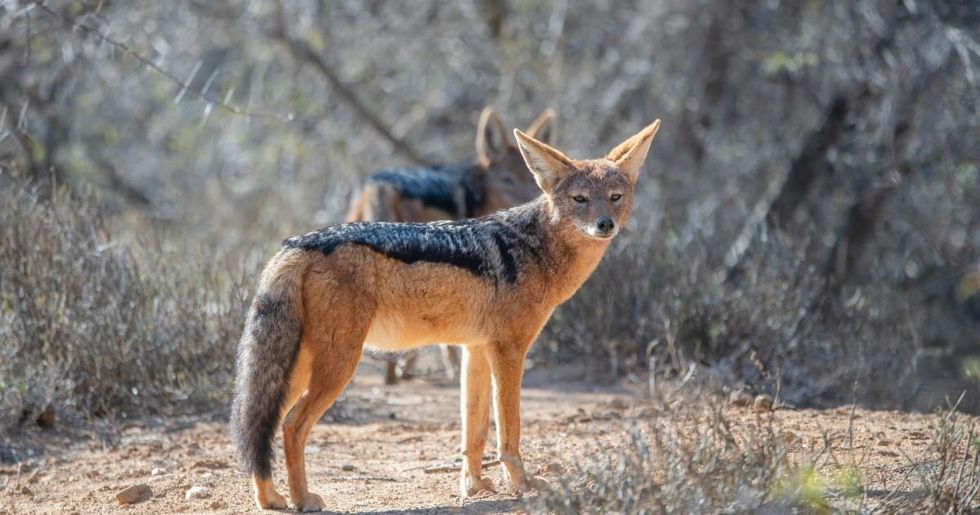
In 1991, archaeologists uncovered a near-complete fox skeleton buried alongside a human skeleton at a site called Cañada Seca in northern Patagonia. The human-fox pair was uncovered along with 24 other members of a hunter-gatherer community. The site led to a mind-blowing investigation that was later published in the Royal Society Open Science.
The real identity of the species largely remained a mystery, with many believing it was just a skeleton of a gray fox. However, upon conducting an in-depth analysis of ancient DNA and radiocarbon dating, the scientists were able to confirm the fox’s species and age. They determined that the fox was of the Dusicyon avus species, which is now extinct but roamed South America until around 500 years ago.
The breakthrough came when scientists analyzed the carbon and nitrogen isotopes in the fox's bones. The investigation revealed that the fox ate the same food that the group of humans did. It had a human-like diet, as it had more greens and less meat than a wild fox would usually eat. This indicated a pattern of 'systematic feeding,' which meant that the fox was an important part of the group.
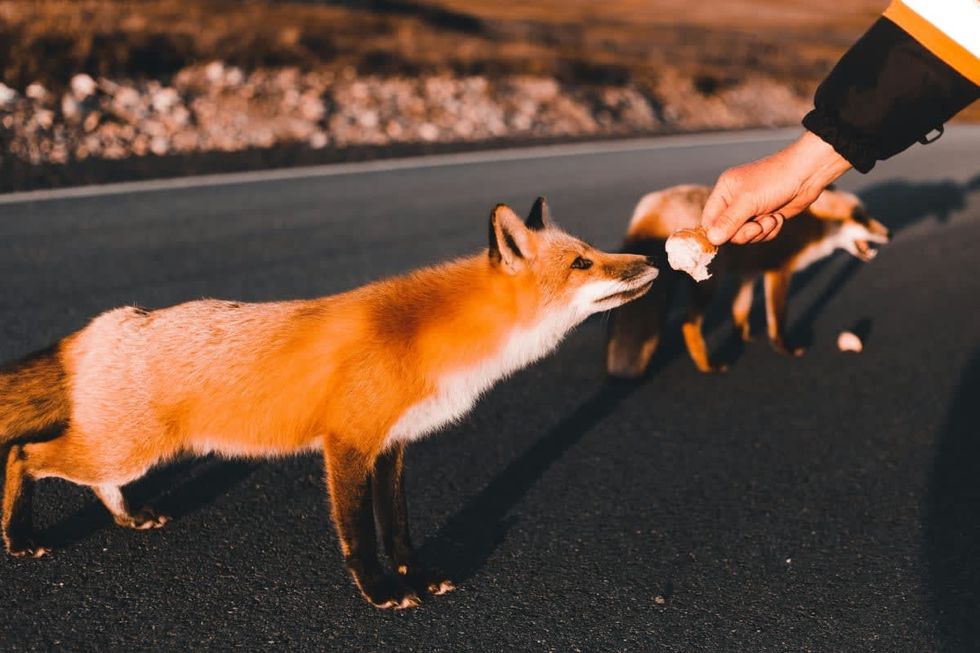
The discovery of this burial site also highlights the fact that individual foxes were tamed by humans and shared a connection based on companionship. This particular breed of fox, known as Dusicyon avus, lived from the Pleistocene Epoch, which was around 2.6 million to 11,700 years ago, into the Holocene, reported CNN. However, they became extinct about 500 years ago. In terms of size, the foxes were roughly the figure of a modern German shepherd but less bulky, weighing up to 33 pounds.
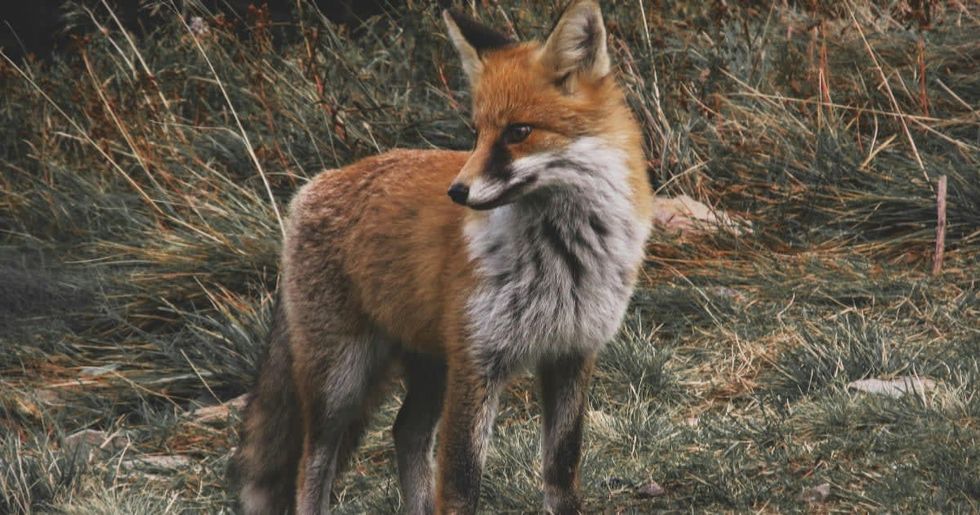
Explaining how these foxes found a place in a human burial, the authors of this study said, "Its strong bond with human individuals during its life would have been the primary factor for its placement as a grave good after the death of its owners or the people with whom it interacted."
Researchers suggest that climate change and human activities, rather than interbreeding with domestic dogs, were likely the main factors driving their extinction. Dr. Ophélie Lebrasseur, a researcher at the Wellcome Trust Palaeogenomics and Bio-Archaeology Research Network, indicated that dogs may have played a role in the species' disappearance, per CTV News. The researcher pointed out that dogs may have helped speed the foxes’ extinction by outcompeting them. At the same time, dogs could also have carried and transmitted diseases that sickened the foxes.





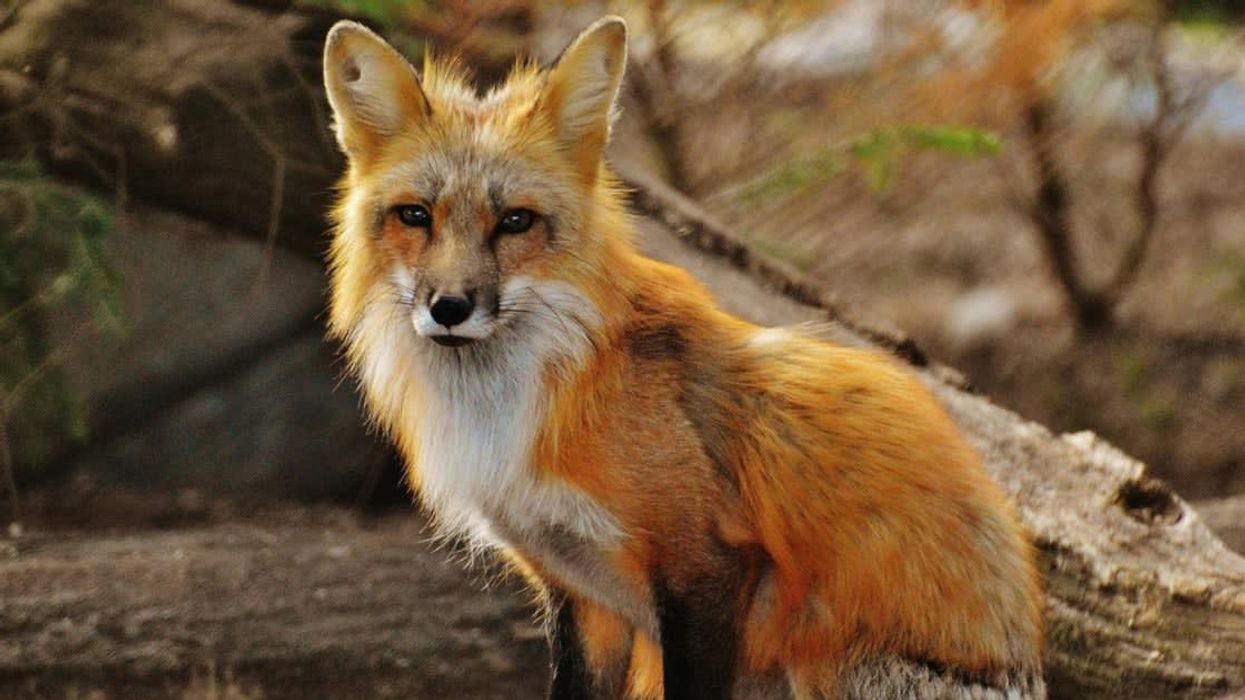



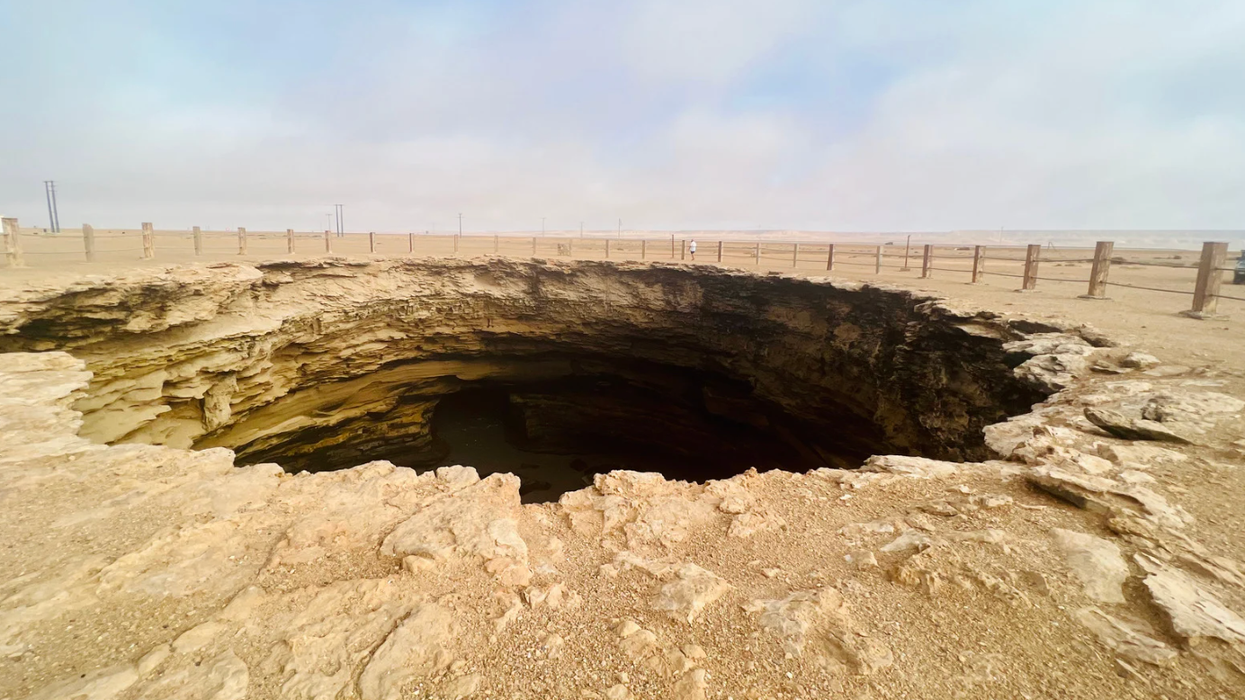






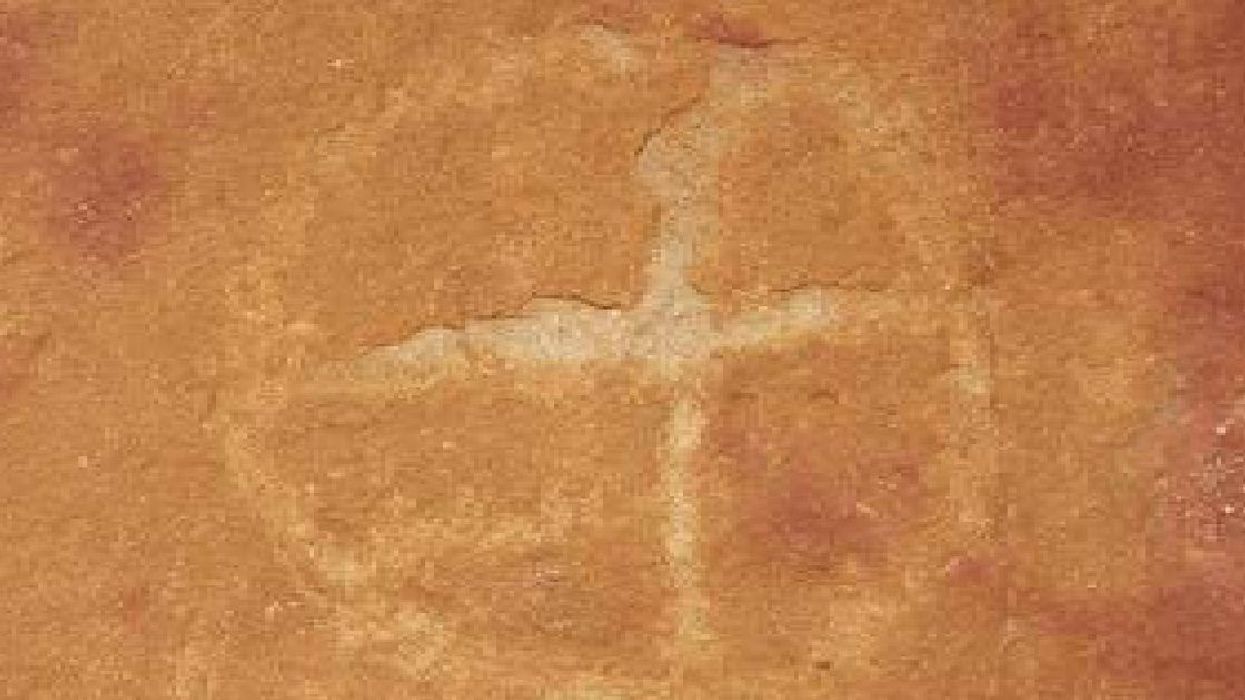
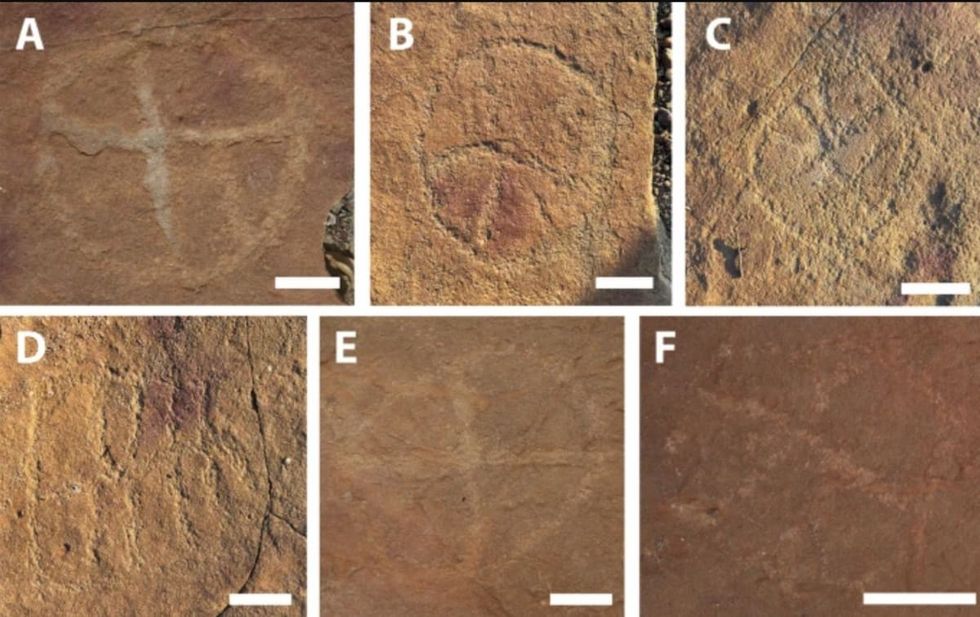 Image frmo Scientific Reports of ancient artwork. Image Source:
Image frmo Scientific Reports of ancient artwork. Image Source: 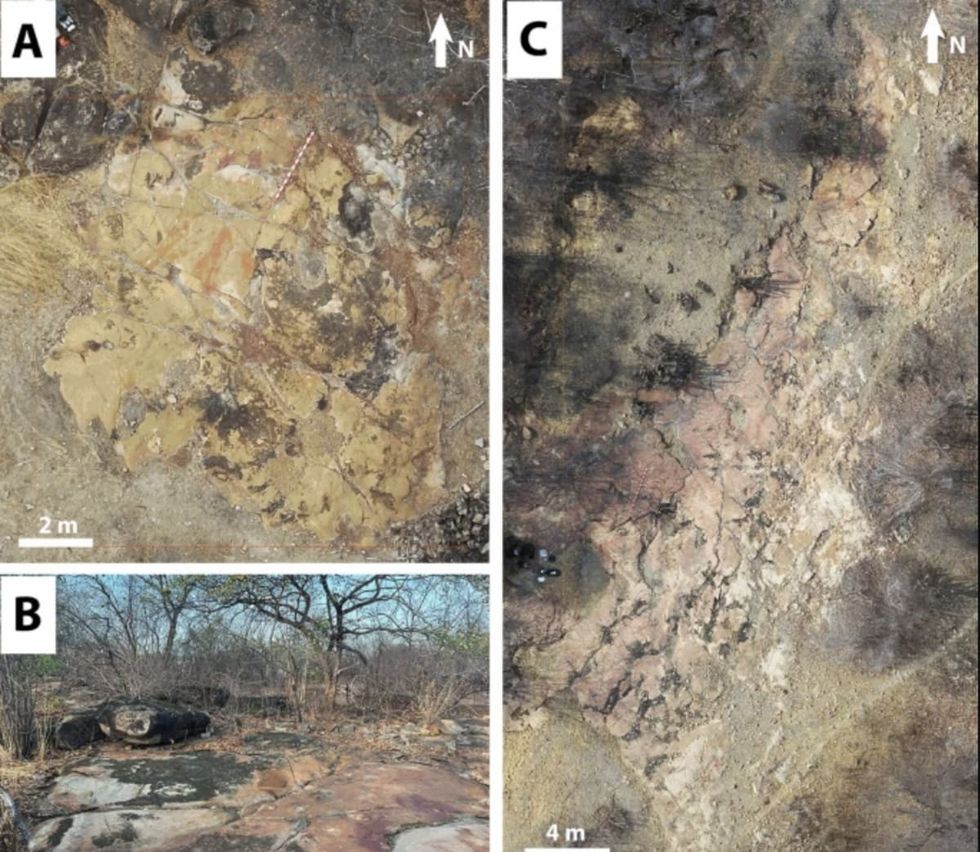 Image frmo Scientific Reports of ancient artwork.Image Source:
Image frmo Scientific Reports of ancient artwork.Image Source: 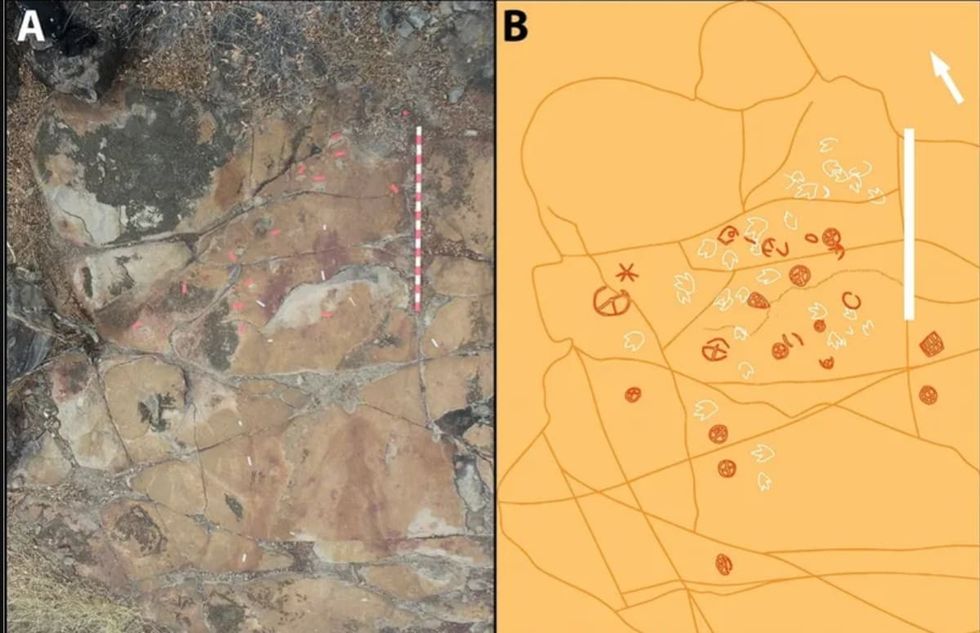 Image frmo Scientific Reports of ancient artwork.Image Source:
Image frmo Scientific Reports of ancient artwork.Image Source: 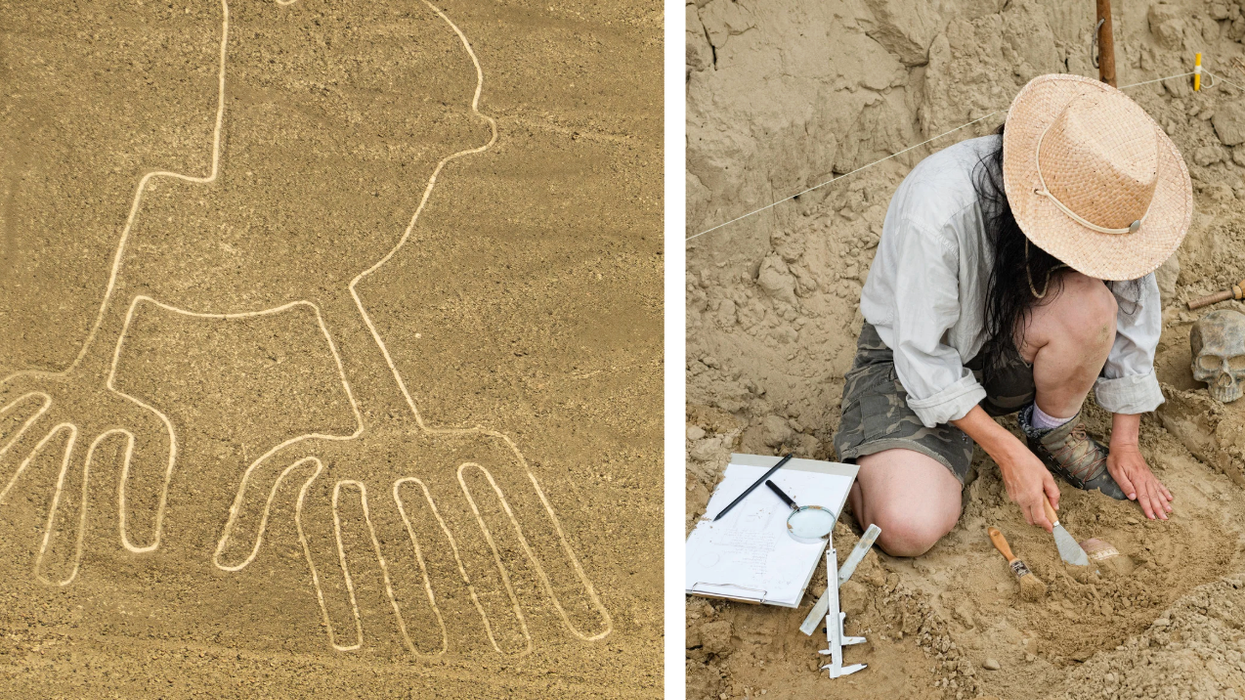

 It's difficult to imagine seeing a color and not having the word for it. Canva
It's difficult to imagine seeing a color and not having the word for it. Canva
 Sergei Krikalev in space.
Sergei Krikalev in space. 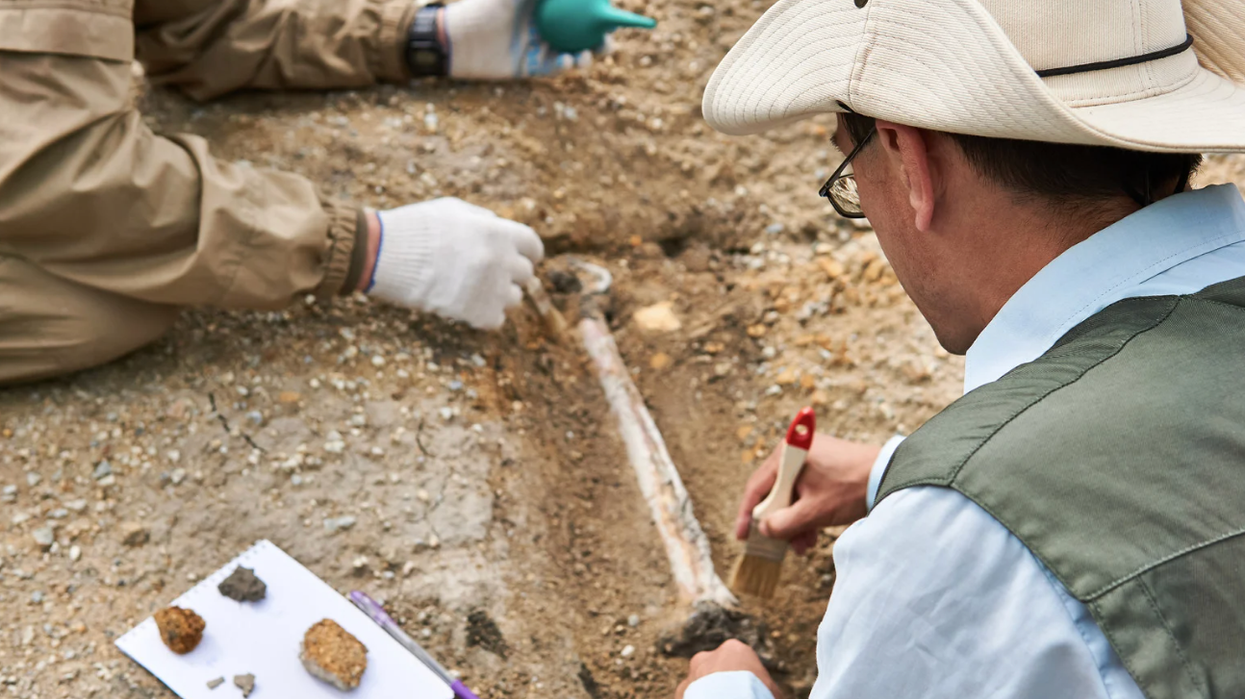


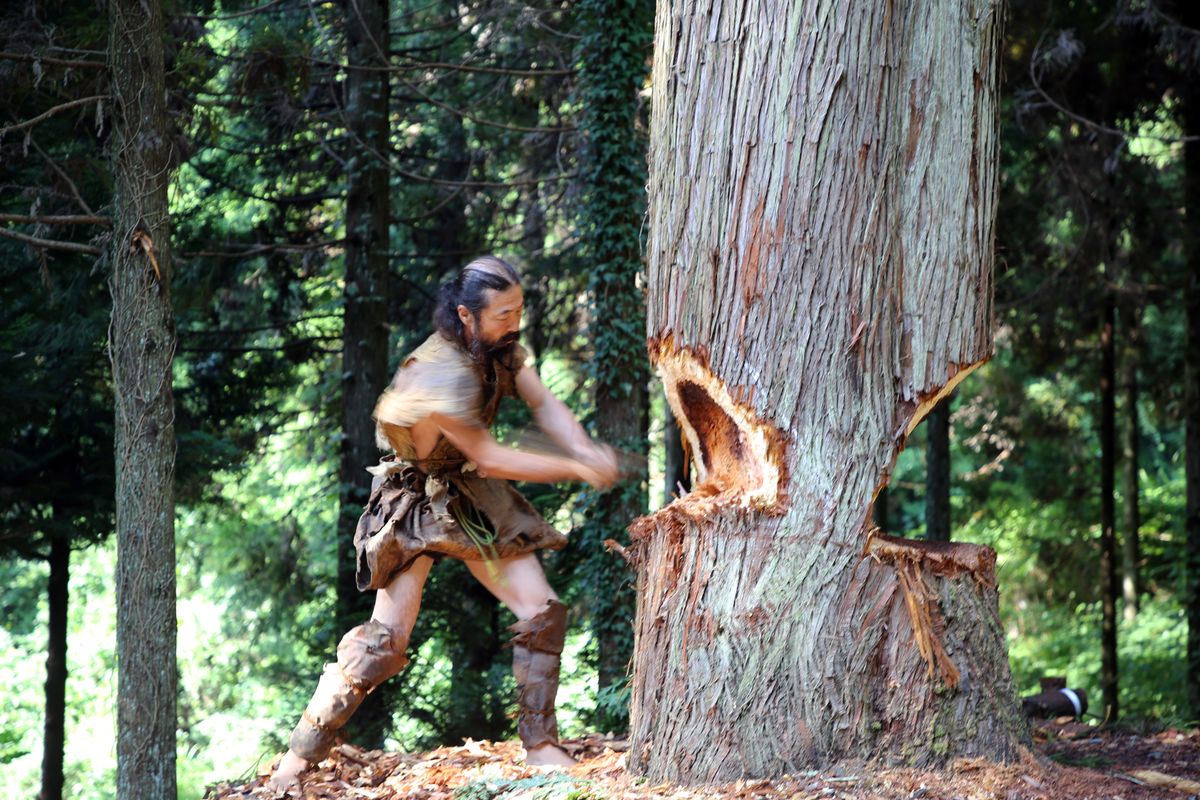 The team also crafted their canoe using ancient methods and Stone Age-style tools. National Museum of Nature and Science, Tokyo
The team also crafted their canoe using ancient methods and Stone Age-style tools. National Museum of Nature and Science, Tokyo The cedar dugout canoe crafted by the scientist team. National Museum of Nature and Science, Tokyo
The cedar dugout canoe crafted by the scientist team. National Museum of Nature and Science, Tokyo